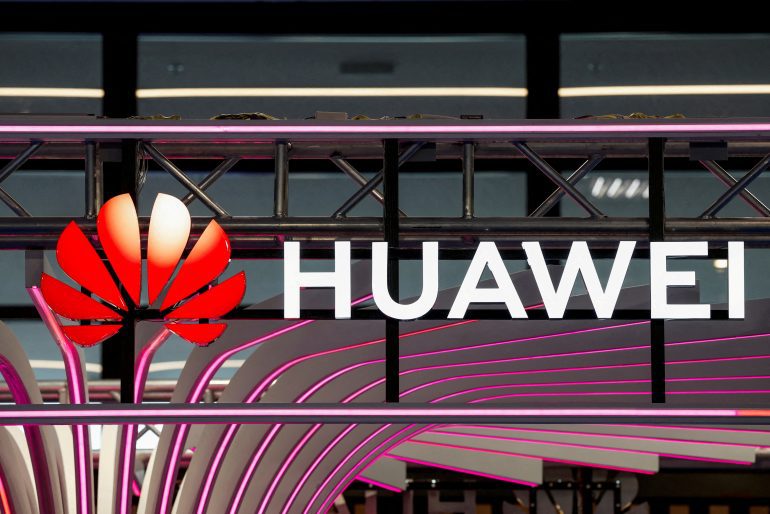- Nvidia dominated China’s AI chip market with 90% share and $7 billion sales in 2023.
- Huawei’s sudden emergence challenges Nvidia’s supremacy, forcing price cuts and inventory clearance.
- US semiconductor bans on Nvidia inadvertently fueled Huawei’s ascent.
- Huawei’s Ascend 910-B outperforms Nvidia’s H20 chip in both performance and demand.
- China’s pursuit of semiconductor self-reliance drives Huawei’s rapid technological advancement.
- China’s strategic initiatives like “Made in China 2025” and RISC V investments reshape global tech competition.
Main AI News:
In recent memory, Nvidia held sway over 90% of China’s AI chip market, boasting a staggering $7 billion in sales by 2023. Fast forward less than a year, and Nvidia finds itself slashing prices to vie against Huawei, scrambling to clear their “Made for China” H20 AI chipset inventory. What catalyzed this dramatic reversal of fortunes?
Previously, I delved into China’s strides in photovoltaic (PV) technology and Pebble Bed Fission Reactors, underscoring their prowess in technological development. Now, the clash between Nvidia and Huawei echoes these earlier showdowns, revealing a pattern of fierce commercial rivalry.
This battleground revolves around the crux of a groundbreaking innovation: Generalised Pretrained Transformers (GPTs). These sophisticated “graphics cards” wield the power to simulate high-level cognitive processes, sparking a race for dominance in the realm of AI.
Nvidia, a juggernaut in AI chip manufacturing, has historically been the go-to choice for cutting-edge applications. Yet, Huawei’s meteoric rise, despite facing formidable obstacles like U.S. sanctions, has disrupted this status quo.
At the heart of the matter lies America’s semiconductor embargo on Nvidia, initially aimed at stalling China’s AI advancement. Ironically, these restrictions, designed to safeguard U.S. technological supremacy, have backfired spectacularly.
Last year, Nvidia debuted three new AI chips tailored for the Chinese market, striving to uphold its dominance. However, stringent export regulations compelled Nvidia to dial down the computing prowess of their flagship H20 chip, dampening its appeal.
By 2023, Nvidia’s stranglehold over China’s AI chip sector seemed unassailable, commanding a staggering 90% market share. Yet, within a mere twelve months, Huawei emerged as a formidable challenger, prompting Nvidia to slash prices and hastily offload their wares.
What transpired? Huawei’s surprise entry into the fray with the Ascend 910-B AI chip caught many off guard. Benchmarks swiftly revealed Huawei’s chip outshining Nvidia’s H20 in both performance and energy efficiency.
To add insult to injury, not only does Huawei’s 910-B command a premium—a 20% markup over Nvidia’s offering—it enjoys unparalleled demand. Priced at over 120,000 RMB per unit, the 910-B has emerged as the preferred choice among consumers.
In hindsight, America’s bid to safeguard Nvidia’s market share inadvertently fueled decisions that eroded its foothold in China. Furthermore, these measures tarnished Nvidia’s reputation and stoked apprehensions about future sanctions.
This narrative underscores the intricate interplay between geopolitics and technology, highlighting China’s relentless pursuit of self-reliance in semiconductor innovation. Huawei’s rapid strides underscore its defiance of technological barriers, compelling Nvidia to recalibrate its strategies not over years, but mere months.
This saga unveils broader truths about global tech competition, spotlighting China’s unwavering quest for self-sufficiency and its growing challenge to Western dominance. In response, China has redoubled efforts to nurture homegrown talent and fortify its semiconductor ecosystem against external disruptions.
Through initiatives like “Made in China 2025” and investments in open-source technologies like RISC V, China aims to reshape the global tech landscape on its terms. By prioritizing indigenous innovation and reducing reliance on foreign imports, China asserts its ascendancy in the arena of technological prowess.
Conclusion:
Huawei’s disruptive entry into China’s AI chip market, fueled by US semiconductor bans on Nvidia, signifies a seismic shift in the global tech landscape. China’s relentless drive for semiconductor self-sufficiency, underscored by strategic initiatives like “Made in China 2025,” poses a direct challenge to Western technological hegemony. This dynamic not only reshapes market dynamics but also underscores the imperative for businesses to navigate geopolitical complexities in an increasingly interconnected world.

